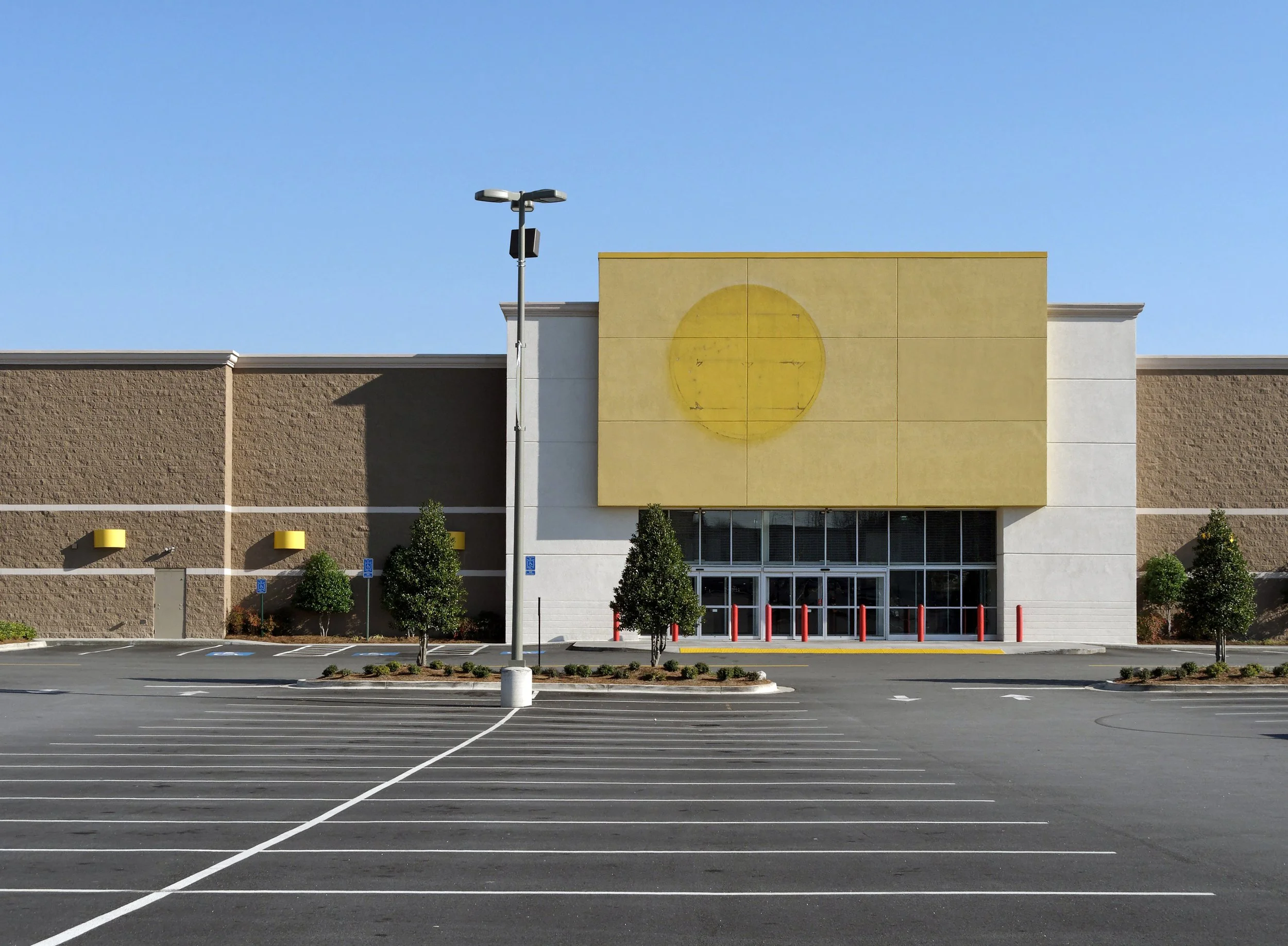Post-Pandemic: Acting with Purpose
The transition into life during the COVID-19 pandemic was tough. We rapidly shifted into lockdowns, social distancing, remote work and more. And businesses across sectors had to adapt, with “pivot” becoming the most overused management word since “synergy.” While the devastation in many industries has been deep and will take years to overcome (e.g., food & beverage, travel and hospitality, etc.), others have thrived (e.g., technology, delivery services, etc.), and many simply managed to keep their head above water. Now, slightly over a year from when the World Health Organization declared COVID-19 a pandemic, a combination of vaccine uptake, COVID fatigue, and the economic imperative to open back up, amongst other factors, will place new stresses on businesses.
By deepening our understanding of and anticipating what’s happening within our markets, we can tap into new sources of differentiation that account for the fact that the world has changed and that thriving in that post-Pandemic world isn’t simply business as usual or business as it was.
As the pandemic begins to wane, the shift back won’t necessarily be any less challenging than when the pandemic began. Because the post-pandemic world will look much different than our pre-pandemic “normal”. Sure, as vaccines continue to roll out, the world will begin to return to something that feels a lot more like life before COVID. But this normal won’t be exactly the same as before. The way we do business, how we live and play, and what and how we consume will see enduring impact from 5 key trends:
• A Forever Altered Employer-employee Contract: Remote work is here to stay, with major companies like Spotify, Target and Salesforce adopting more flexible work-from-home policies and giving up significant office space. This shift will be accompanied by a shift in traditional command-and-control management models (e.g., manager-informed rather than manager-approved remote work across Novartis’ global footprint). We’ve relied on our staff to help keep the lights on during the pandemic and that reliance must be rewarded with trust going forward.
• Consumption Occasions Remixed: Stemming off of office closures, stay-at-home orders and compliance with public health guidelines, consumption through online, grab-and-go, on-demand delivery, and DIY has increased sharply. For example, Panera Bread, Chick-fil-A and Shake Shack have each entered the meal kit market. And rapid growth in online streaming has upended the dinosaur-like movie industry with industry stalwarts like Warner Brothers debuting premiers “same day” on both HBO Max and across theaters. These types of impacts won’t be contained to individual industries but, rather will create ripple effects based on the level and nature of symbiosis between them (e.g., resilience of date nights at home trend > fewer dine-in occasions vs. pre-pandemic > volume and growth rate of alcohol on-premise remains depressed vs. pre-pandemic norms).u
• Widened Wealth Gap In the US: The income inequality gap widened domestically in the US. Federal Reserve Chairman Jerome Powell stated on March 17, 2021: “The economic downturn has not fallen equally on all Americans, and those least able to shoulder the burden have been the hardest hit.” Combined with a substantial drop-off in US labor market participation (5M people reporting that the pandemic prevented them from looking for work in January 2021) and a slower economic recovery for lower income workers, the base of our socioeconomic ladder continues to be at risk. So even while businesses benefit overall from what feels like a resurgent economy, they won’t necessarily see the benefits equally across all of their customer segments and, as a result their entire product / service portfolios.
• An Uneven Global Recovery: Global statistics show widening gaps between countries. For example, the IMF reports economies shrank by 5-15% in 2020 across Latin America, Western Europe, India and southern Africa. And what’s more, the virus continues to rage and vaccine availability remains low across many of those regions. In addition to any socioeconomic inequity experienced in those regions and countries, their overall recovery will likely remain tempered and mixed. For example, the IMF expected India (more on that below) and China to both deliver strong GDP growth in 2021, while anticipating that the UK and Italy will be slow to rebound.
• Non-linear Progress: Building on the previous point, and as we’ve seen the last several months, it’s proven difficult to “get past” the pandemic. For example, at the beginning of the year, the IMF expected India to deliver strong growth in 2021. They reiterated that position in early April, stating that they expected GDP in India to grow at 12.5%. India’s Prime Minister, Narendra Modi, went so far as to declare victory over the pandemic in January. But now the situation in India is spiraling and also rippling into bordering countries. It’d be foolish to think India is unique in the risk of a backslide. Resurging case counts, concerns about vaccine efficacy (e.g., Sinovac) and safety (e.g., temporary AstraZeneca pauses), uneven vaccine distribution, too-early declarations of victory over the pandemic and the continuing emergence of variants continue to threaten the broader recovery and potentially dampen investor, business and consumer confidence. There’s a light at the end of the tunnel. But the pace of getting there remains unclear as does the severity of the obstacles we’ll encounter along the way.
So where does that leave us? We were forced into business model choices during the pandemic due to public health and safety, policy and social concerns. In contrast, the transition out of the pandemic offers the potential to act based on foresight. Foresight that allows for measure and purpose – i.e., based on an understanding of the major changes that have taken place and that are upcoming, as well as the uncertainty that remains. By acting with purpose, we will not just recover, but thrive. By deepening our understanding of and anticipating what’s happening within our markets, we can tap into new sources of differentiation that account for the fact that the world has changed and that thriving in that post-Pandemic world isn’t simply business as usual or business as it was. Those looking to build foresight would be well-served to answer a handful of key questions:
• How have and will labor and customer markets rebalance based on adapted behavior (e.g., due to shifts in wealth and income levels, new patterns of daily movement, changes in our willingness to be in dense environments, etc.)?
• What does that mean in terms of the Jobs to be Done we’ve traditionally focused on? Which ones are still relevant, which ones have changed, which ones are no longer relevant and what new ones have emerged?
• Based on that, how should we adapt our market, commercial and portfolio strategy?
• And what are the resulting implications on our underlying operating model (e.g., maybe omnichannel finally becomes a real thing)?
• Within this revamped operating model, what are the costs of supporting this new environment, one that accounts for more varied and dynamic labor and customer markets?
• In relation to that operating model, do we have the right people, at the right staffing numbers, in right positions and connected in the right ways?
• How can we create flexibility in that operating model to account for the fact that we won’t magically appear in a post-Pandemic world overnight but that the speed and nature of progress will vary based on region, customer segment and industry? And given the fact that, in the future, there’s only one certainty: there will be other major, unanticipated shocks to the system.
The questions we need to answer are simple; the management discipline needed to pause, take stock and act with nuance is uncommon. And it’s that discipline that will separate those who simply survive from those who thrive.
Contact us to learn more.


